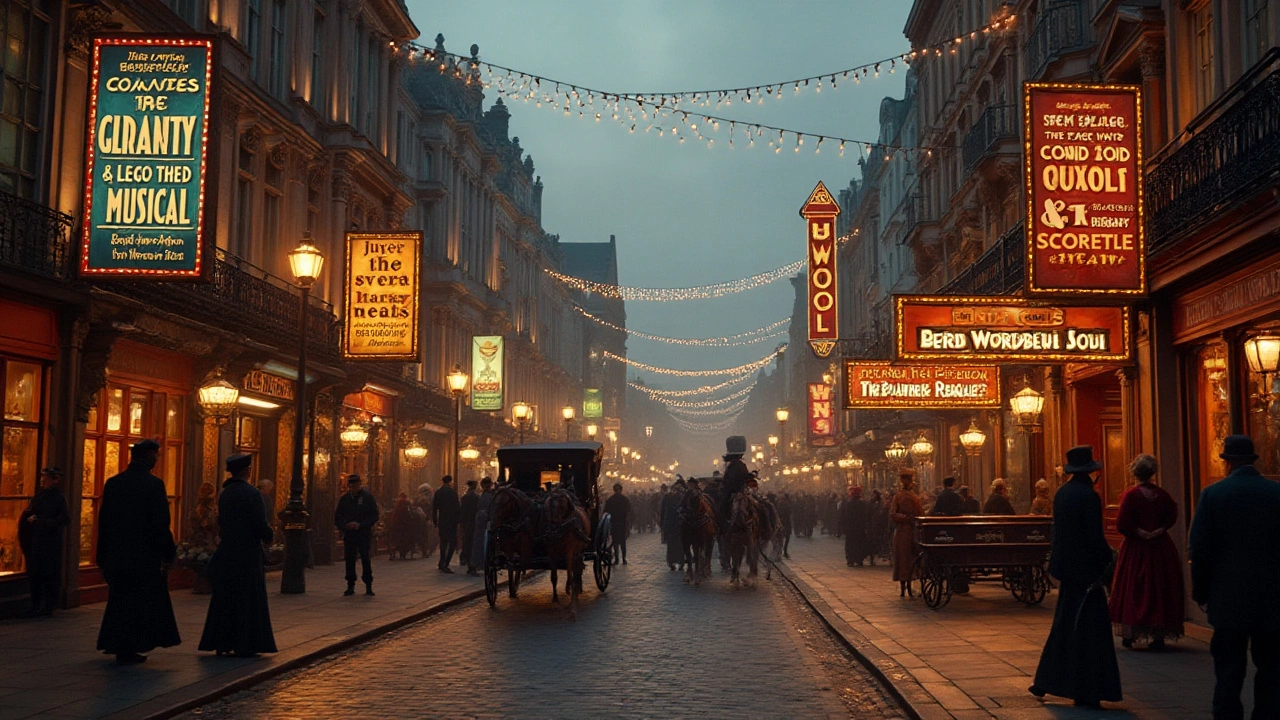Musical Theater History: From Early Beginnings to Modern Hits
If you ever wondered how today’s dazzling Broadway shows came to be, you’re in the right place. Musical theater didn’t just appear overnight; it grew from centuries of storytelling, song, and stagecraft. Below we walk through the big moments that shaped the form, so you can see why a 19th‑century operetta feels a lot like a 2020s pop‑tune spectacle.
Early Roots and the Birth of Musical Drama
Think of musical theater as a mash‑up of opera, folk song, and street performance. In the 1600s, European courts staged court masques that mixed dance, music, and drama. Those shows traveled to England, where they turned into ballad operas like The Beggar’s Opera (1728). That piece used catchy songs about everyday life instead of lofty arias, a formula that still works today.
Across the Atlantic, the 1800s saw minstrel shows and vaudeville acts bring humor and song to mass audiences. The real turning point came in the 1860s with Gilbert and Sullivan’s comic operas. Their witty lyrics and recurring musical themes set a template for later Broadway hits.
By the early 1900s, New York’s theater district was buzzing. Shows like Show Boat (1927) introduced deeper stories and integrated music with plot, paving the way for the integrated musical we know today.
The Golden Age and Today’s Broadway
The 1940s‑60s are often called the Golden Age of musical theater. Rodgers and Hammerstein dominated with titles such as Oklahoma!, South Pacific, and The Sound of Music. They proved that a story could be carried forward by songs that revealed character feelings, not just added sparkle.
After that, the 70s and 80s got bold. Hair brought rock to the stage, while Chicago and A Chorus Line showed that darker themes and raw, dance‑heavy storytelling could succeed. The 90s saw the rise of the mega‑musical: The Lion King, Wicked, and Phantom of the Opera used lavish sets, high tech, and pop‑style hooks to attract huge crowds.
Today’s Broadway mixes everything—hip‑hop beats, immersive set designs, and streaming‑ready soundtracks. Shows like Hamilton prove that a blend of rap, R&B, and historical narrative can dominate both the ticket window and the charts.
What stays the same? Audiences still crave a story that moves them, and they still love to hear those moments where a song makes everything click. Whether you’re watching a classic like Les Misérables or a brand‑new pop‑infused production, the roots you just read about are still there, pushing creators to blend story, song, and spectacle.
So next time you’re in the theatre district, think about the centuries of experiment that got you to this seat. Each note you hear is part of a long, ever‑changing conversation about how we tell stories with music.

25 Nov 2024
Musicals have long enchanted audiences worldwide, with their unique blend of song, dance, and storytelling. But where did this beloved form of entertainment begin? Delving into the past reveals intriguing stories and challenges that shaped these productions. By exploring the early stages of musical theater, one discovers how historical contexts influenced what we recognize today as musicals.
Continue reading...
